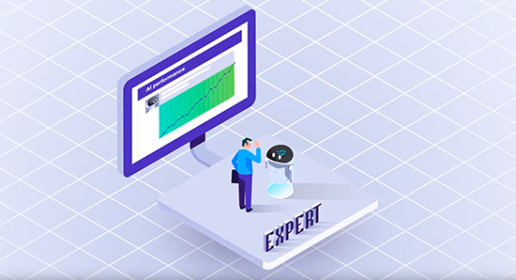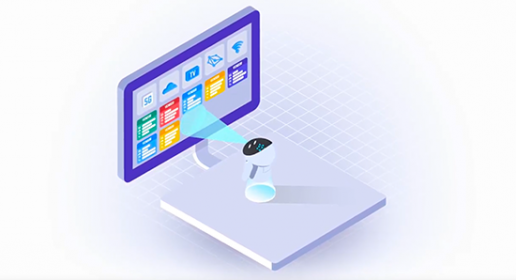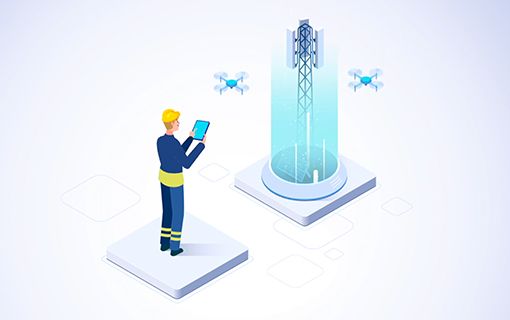What Are Self-Managed Networks, and How Can Operators Benefit From Them?
- Published
- 4 min reading
The complexity of operational vendor landscapes, technologies, and customer demands for reliable business-critical services is constantly increasing. The challenge is to make operational processes fast, accurate, error-free, and repeatable. The list of requirements is long. The solution? Leveraging IT technology for process automation.
Balancing efficiency and trust: one-touch operations
Several years ago, the concept of a dark network operations center (dark NOC) with zero-touch healing automation was considered to be the next step in the technological evolution of OSS platforms. However, the practical implementation of this concept is very rare, primarily due to the high costs of such transformation and limited trust in fully human-free monitoring and fault recovery processes. Therefore, many mobile network operators (MNO) now consider the one-touch approach, where fault detection, root-cause analysis, and recovery actions are conducted by the OSS solution, but it is the NOC personnel who initiate the recovery procedure. This approach provides improvements in speed and accuracy of operational processes but still keeps NOC in control of the monitored networks.
Use cases of AI tools for autonomous operations
Vendors developing complete OSS portfolios for orchestration, inventory, assurance, and field service management are now shifting their focus towards holistic support for autonomous operations using the latest advances in network virtualization and artificial intelligence, such as:
• AI-assisted resource allocation in virtual networks to build and manage network redundancy
• Predictive maintenance focusing on forecasting and preventing network failures
• Automatic event correlation and root-cause analysis for fast and accurate network monitoring without building complex rule-based correlations
• Preparing AI-driven network resource switch-over scenarios in the event of potential network failures
• Automated field service scheduling and dispatching processes integrated with incident management
These solutions can be adopted partially or as a whole, depending on each operator’s needs and portfolio of services. The aim is not only to streamline routine operations and processes, but also to future-proof the infrastructure using standardized and interconnected solutions.
The benefits of autonomous operations
Automation allows operators to focus on innovation rather than maintenance, freeing up resources for innovation and expanding their portfolio of services. Comprehensive use of artificial intelligence across the whole OSS landscape will reduce the cost of network redundancy deployment, increase the speed and accuracy of network fault detection, improve service availability and customer experience, and streamline operational processes. AI-based OSS functions are important building blocks for zero-touch and one-touch autonomous operations.









